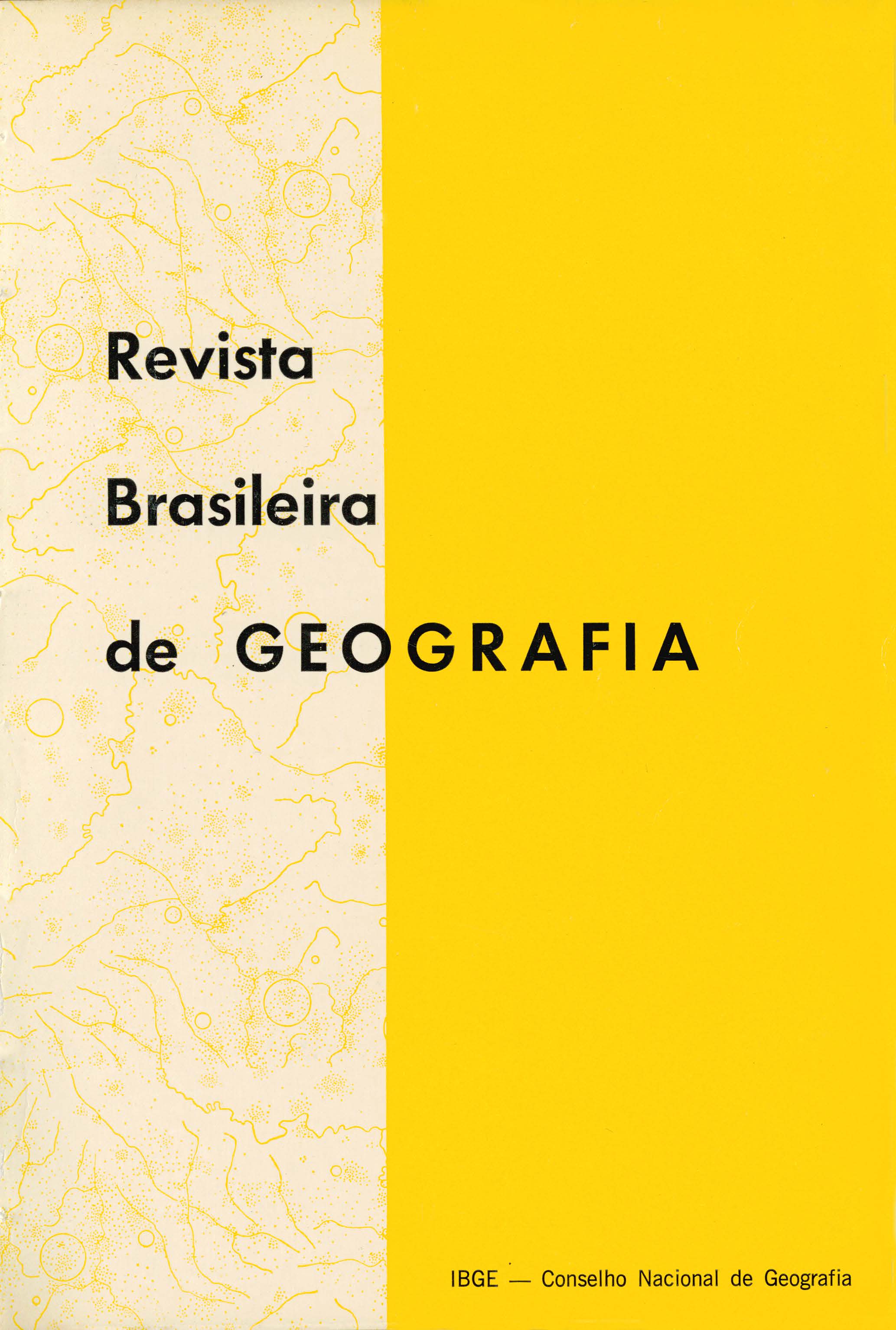Diferenciais de produtividade industrial e estrutura urbana
Palavras-chave:
Indústria de transformação, Crescimento urbano, Geografia urbanaResumo
As an economic conception the town is the result of the local decisions of the enterprises, consumers and government. It is evident that such decisions are not determined exclusively by economical considerations and factors of sociopolitical nature affect the economical agents in a major or minor degree, depending yet on the step of development in which the country is. In Brazil the industry plays the role of leader in the process of growth and, due to the increasing complexity and interdependence of the economy, the other segments of the society are broadly affected by the decisions taken in the industrial sector. Besides, as the government is preoccupied with objectives like territorial occupation and/or urban system reorganization, will be necessary, first of all, to dispose of economic policy tools which will be able to rule the industry location behavior. However, this sector don't compound a homogeneous conjunct as a hole, and in practice several kind of industries have based its decisions on the most diversified location factors.
The purpose of this work is to identify and testify empirically the main location factors in the transformation industry, searching to associate to the present characteristics of the Brazilian town systems. Among these factors were selected as the most important the following: urban size; accessibility to the market; industrial interdependence; and type of region.
It is worthy to point out that the main interest of this study is in the fact that the basic unity of observation is the town or, in other words, the equations of mean productivity were estimate based on a "cross-section" to 1969, individualized by a kind of industry and by an urban center. Unfortunately it wasn't possible to dispose of an industrial disaggregation greater than two digits.
The following section began with a short theoretic discussion of the function model of production, searching to stress the role of the agglomeration economies as a factor of neutral technological changes. The third section makes an analysis criticizing the statistical data and the fourth shows and interprets the results of the econometric estimations. Finally the fifth section summarizes the main conclusions of the study and search to outpoint the future research lines:
a) From the view point of this study and aware of the limitations imposed by its neoclassic hypothesis, the production function was taken as a start point to specify a behavioral relation more generalized which allowed to associate the performance of the industry, measured by the average productivity, with town's characteristics such as the urban size, accessibility and regional location or, in other words, searching to associate the productivity levels with the occurrence of economies of agglomeration.
b) From the experiments with the equation of the laborer demand it is made evident that the industrial kind (two digits) is considered as excessively aggregate when one intends to identify the factors that condition the patterns of the industry location. Otherwise, the solution of this problem wouldn't be reached only by a greater sectorial disaggregation. In conceptual terms, we should proceed according two stages. In the first and starting from a high degree of detail, the industrial branches and subbranches would be assembled in "clusters" that present the most similar location behavior possible. Once defined such clusters, one would start then to the second stage where would be identified the determinant factors of the productive differentials.
c) The econometric results with a production function have shown that besides the relation capital/laborer and the medium size of the establishments, other variants such as town size, accessibility to the market and type of region are important to explain the performance of the industry.
d) Besides, the limitation of theoretic nature, the specification of the production function was also subjected to the availability of the statistical data. Thus, a series of factors clearly relevant to the undertaker, location decisions were inserted in aggregate variants or were simply abstracted.






